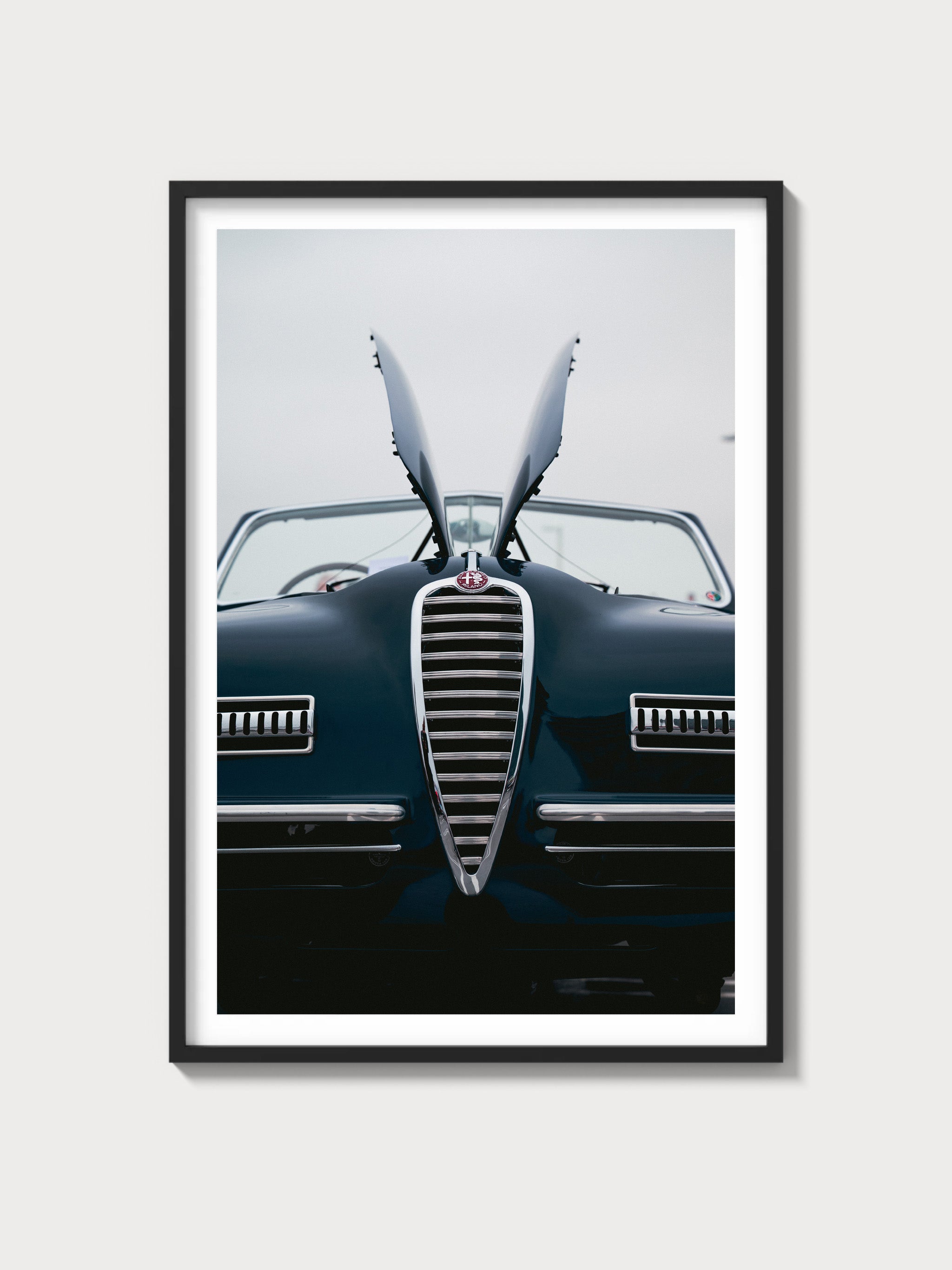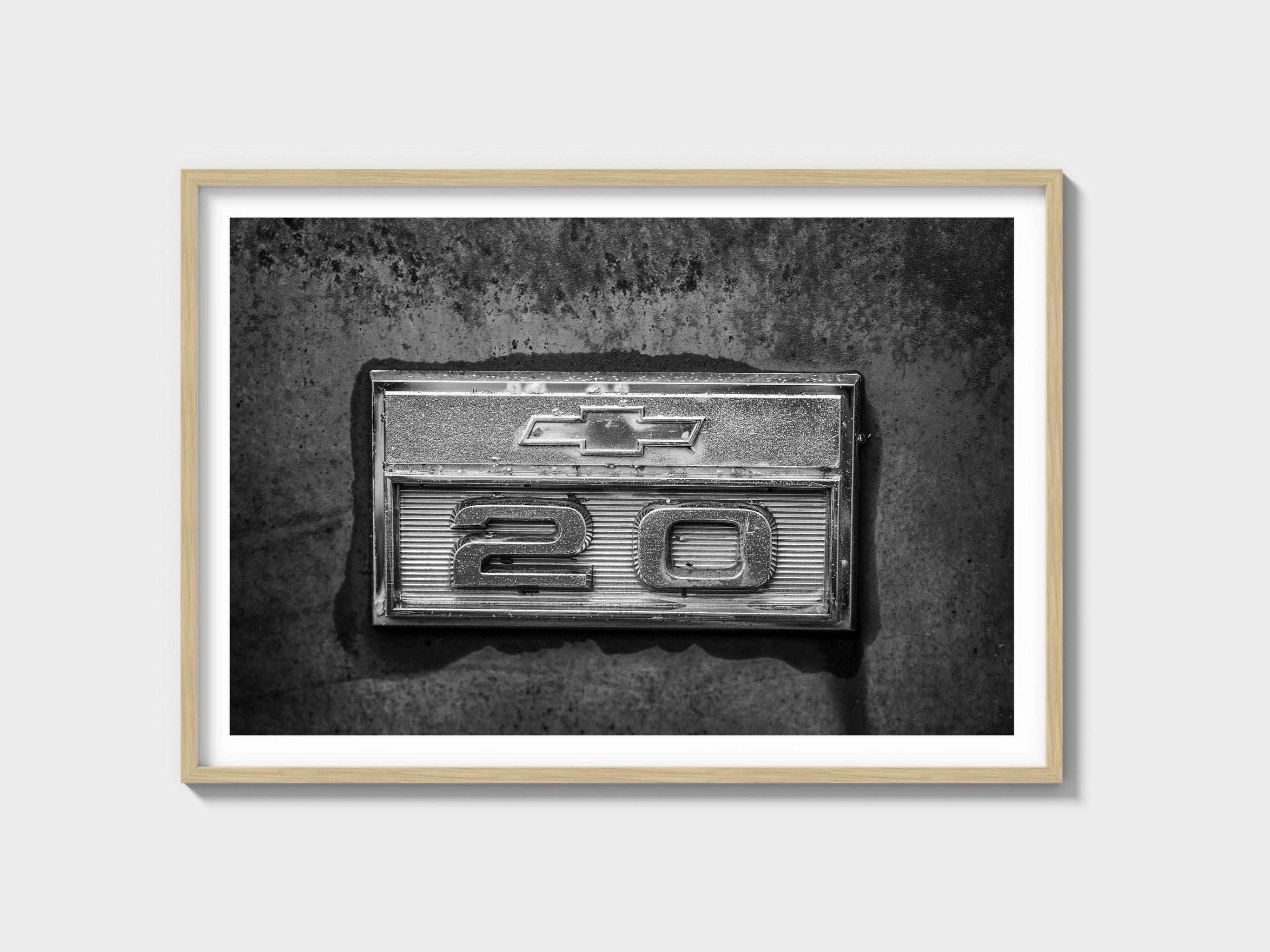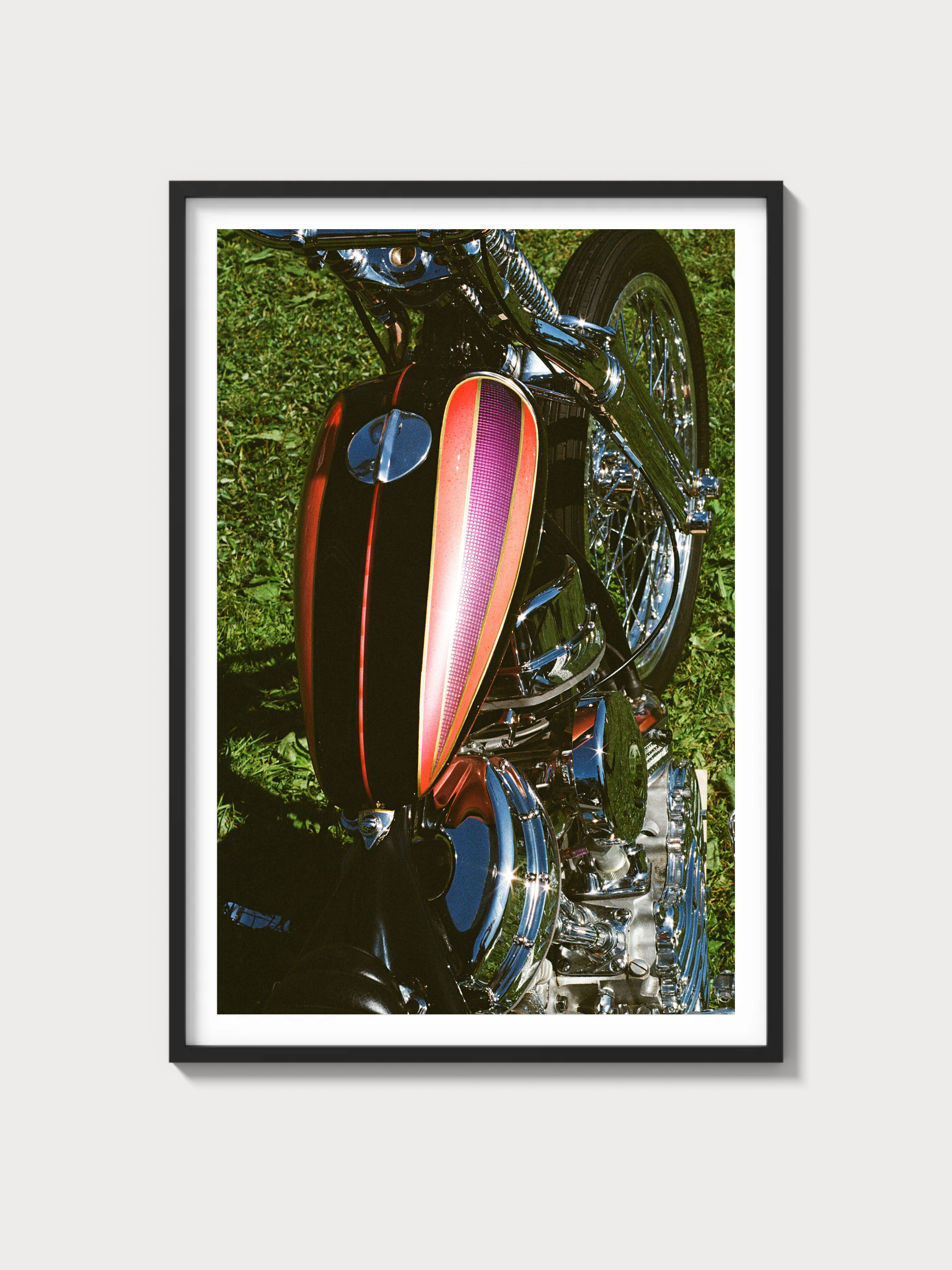1961–1967 Ford Econoline Pickup: A Pioneer in Utility Design
Historical Context and Development
In the early 1960s, Ford sought to innovate within the burgeoning compact utility vehicle market. The Econoline series was introduced in 1961, designed to offer a versatile platform for both commercial and personal use. The Econoline Pickup, a derivative of this lineup, broke conventional design norms by incorporating a cab-over-engine layout, maximizing both cargo space and maneuverability. Its chief competitors included the Chevrolet Corvair 95 Rampside and the Volkswagen Type 2, both of which were vying for dominance in the compact van and truck market.
Engine and Technical Specifications
| Specification | Detail |
|---|---|
| Engine Configuration | Inline-Six |
| Displacement | 144 cu in (2.4 L) |
| Horsepower | 85 hp |
| Induction Type | Natural Aspiration |
| Redline | 4500 rpm |
| Fuel System | Single-barrel Carburetor |
| Compression Ratio | 8.0:1 |
| Bore x Stroke | 3.50 x 2.94 inches |
Driving Experience and Handling Dynamics
The Econoline Pickup was praised for its nimble handling, a direct result of its forward-control design. The steering, albeit unassisted, provided a connected feel, crucial for navigating tight urban locales. Suspension tuning was primitive by today's standards, utilizing a front I-beam axle and leaf springs, but it was robust enough for the vehicle's intended use. The three-speed manual transmission, with its column-mounted shifter, offered a nostalgic, albeit somewhat imprecise, driving experience.
Performance Specifications
| Performance Metric | Value |
|---|---|
| 0-60 mph | 21 seconds |
| Top Speed | 70 mph |
| Quarter Mile | 22.5 seconds |
| Weight | 2600 lbs |
| Layout | RWD |
| Brakes | Drum (Front and Rear) |
| Suspension | Front: Solid Axle, Rear: Leaf Spring |
| Gearbox Type | 3-speed Manual |
Variant Breakdown
- Standard Econoline Pickup: Basic trim, most common configuration.
- Custom Cab: Featured additional chrome detailing and improved interior amenities.
- Heavy Duty: Enhanced suspension and powertrain options for increased payload capacity.
Ownership Notes
Owners often find the Econoline Pickup to be a relatively straightforward vehicle to maintain, thanks to its mechanical simplicity. Parts availability is generally good due to its popularity, although specific body panels may be harder to source. Restoration projects can range from simple to complex, depending on the vehicle's condition, with rust being a common issue due to the era's primitive rustproofing techniques.
Cultural Relevance
The Econoline Pickup holds a unique place in automotive history. While it never achieved the same commercial success as its van counterparts, its distinctive design has earned it a cult following among classic truck enthusiasts. Its appearances in films and television have cemented its status as an icon of 1960s American automotive culture. Collectors value well-preserved examples, with auction prices reflecting a gradual increase in interest, particularly for rare trims like the Custom Cab.
FAQs
Are Ford Econoline Pickups reliable? Generally, these trucks are considered reliable, thanks to their simple mechanical design.
What are the known problems? Rust and body integrity are the most common issues, alongside the wear of the drum brakes.
How does the value of a Ford Econoline Pickup trend? Values have been steadily appreciating, especially for models in excellent condition or with unique features.

















































